In conversation with James Davenport and 2022 DiRAC Research Prize recipients read more about Vera C. Rubin Observatory and important role of the scientists at the UW’s DiRAC Institute.
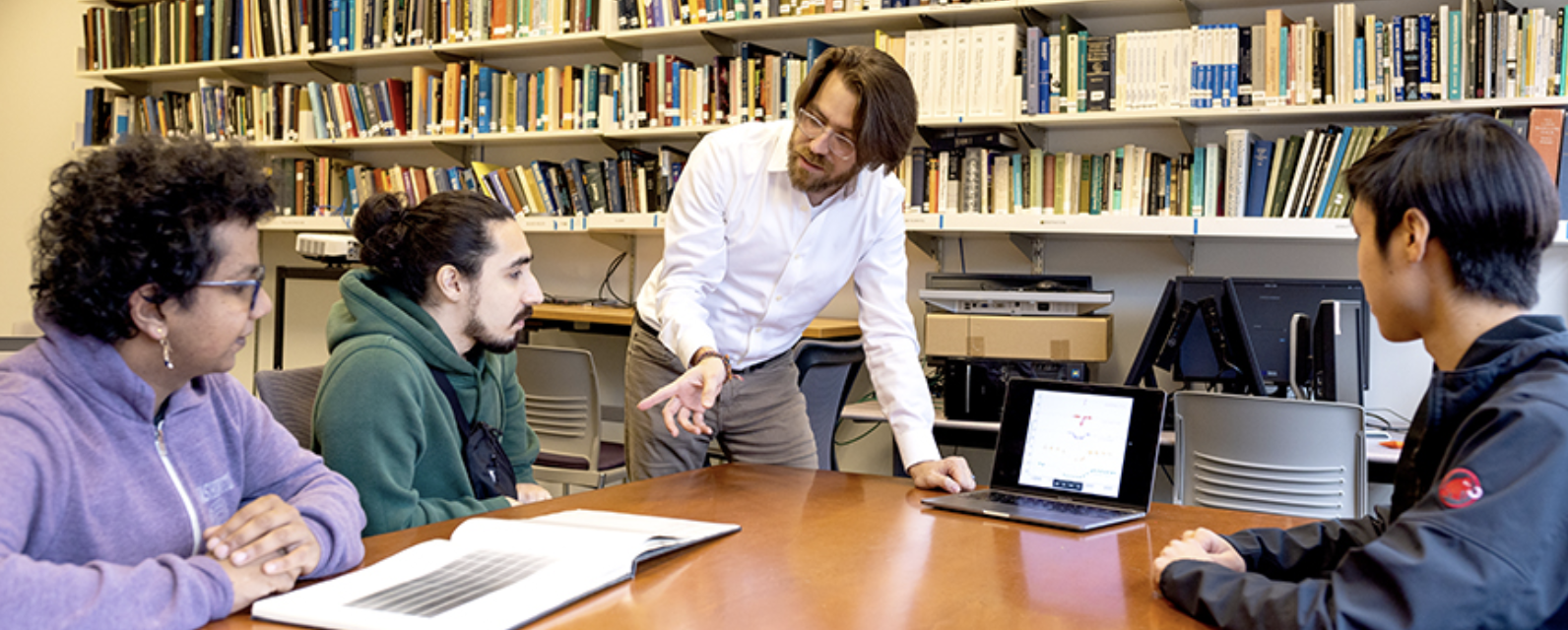

In conversation with James Davenport and 2022 DiRAC Research Prize recipients read more about Vera C. Rubin Observatory and important role of the scientists at the UW’s DiRAC Institute.
King5 talks with Thomas Quinn, UW Astronomy, about James Webb Space Telescope’s new images released on July 12th by NASA.
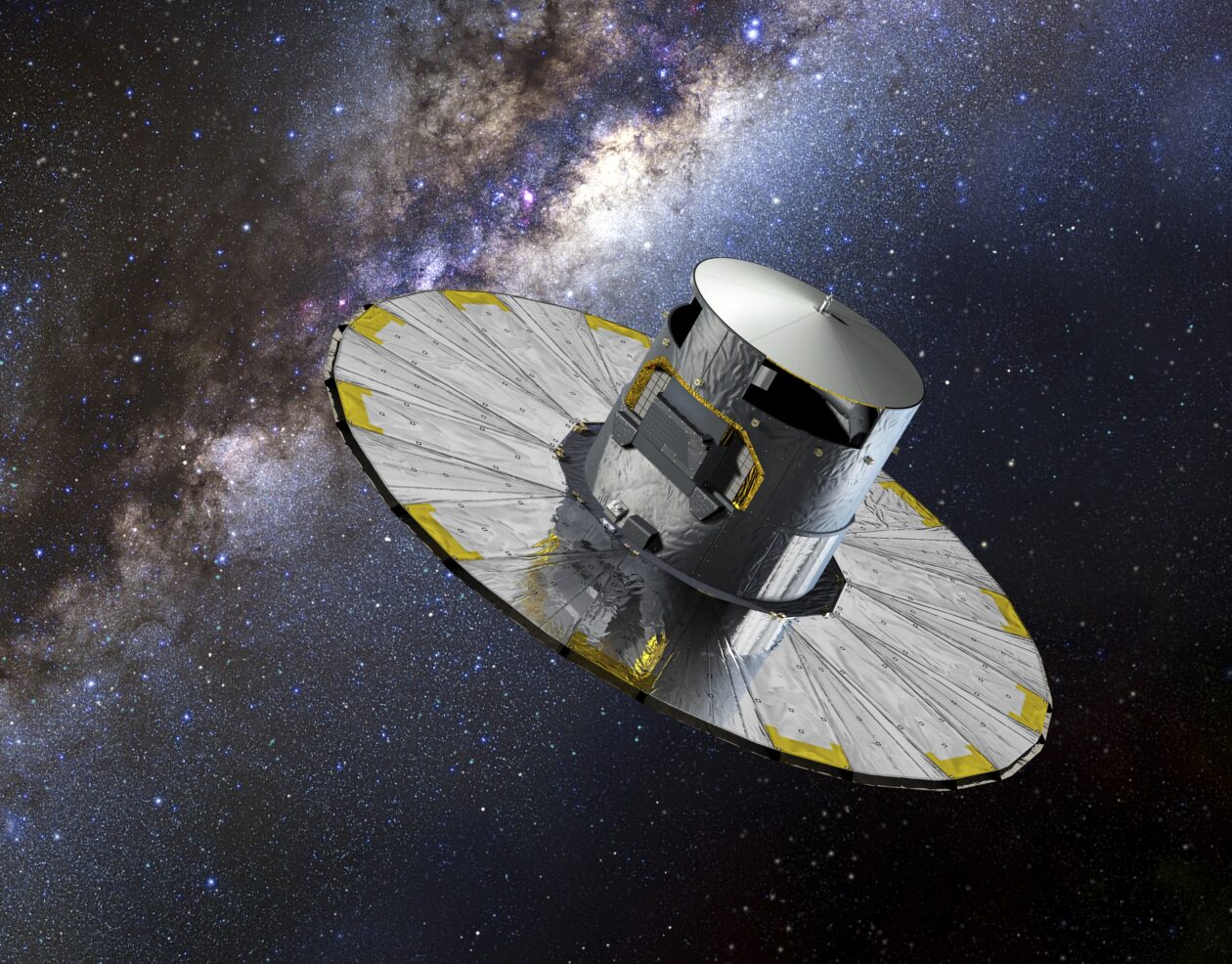
University of Washington astronomer James Davenport and his colleagues lay out the plan in a research paper submitted to the arXiv pre-print server this month. The idea is also the subject of a talk that Davenport’s giving this week at the Breakthrough Discuss conference in California.
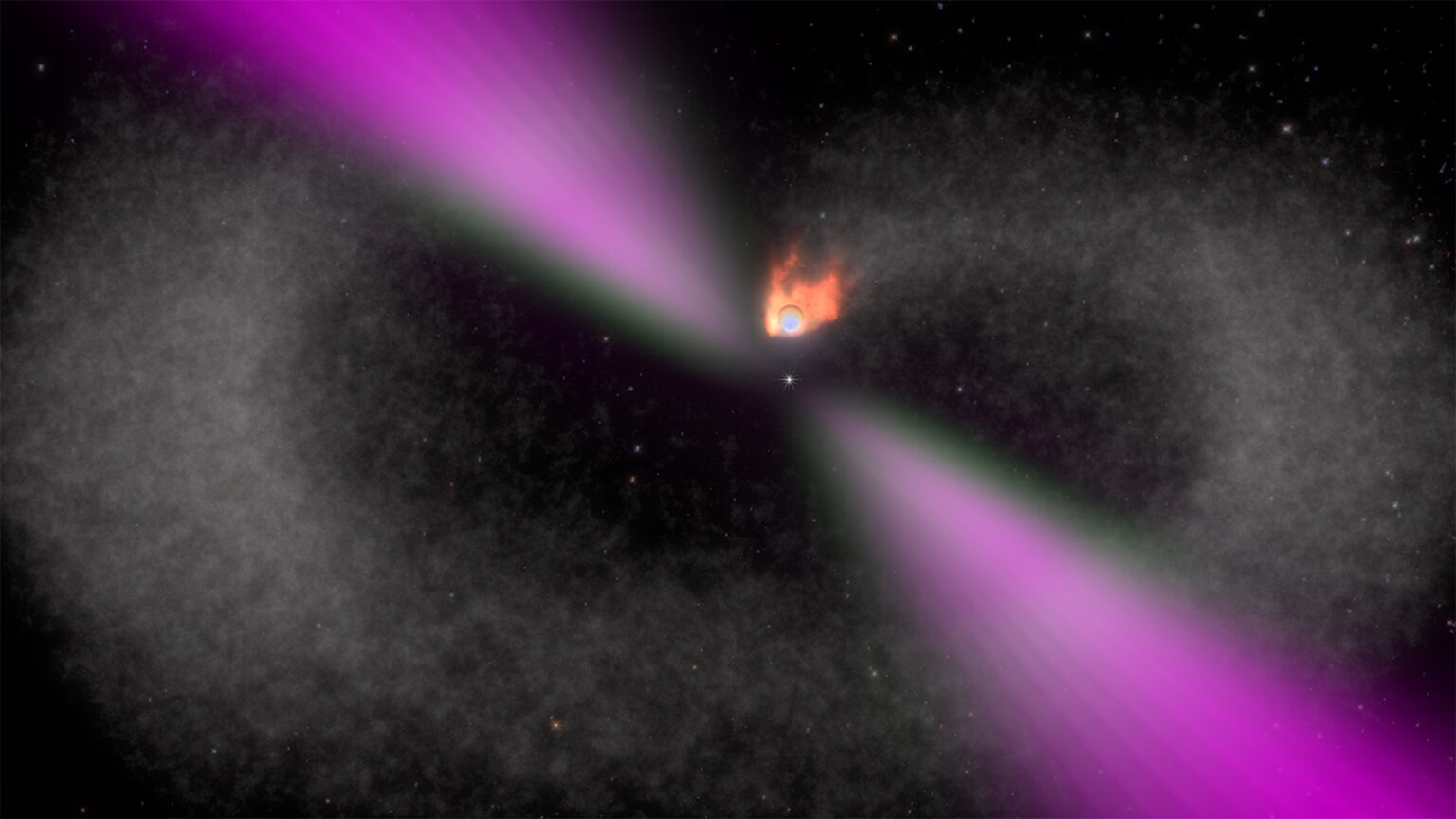
In partnership with the news team at the Massachusetts Institute of Technology, the UW News office has posted a story about a rare and mysterious star system discovered by a team of astronomers and reported in a paper published this morning in Nature. The researchers report that the system appears to be a “black widow binary” — consisting of a rapidly spinning neutron star, or pulsar, that is circling and slowly consuming a smaller companion star, just as its arachnid namesake does to its mate.
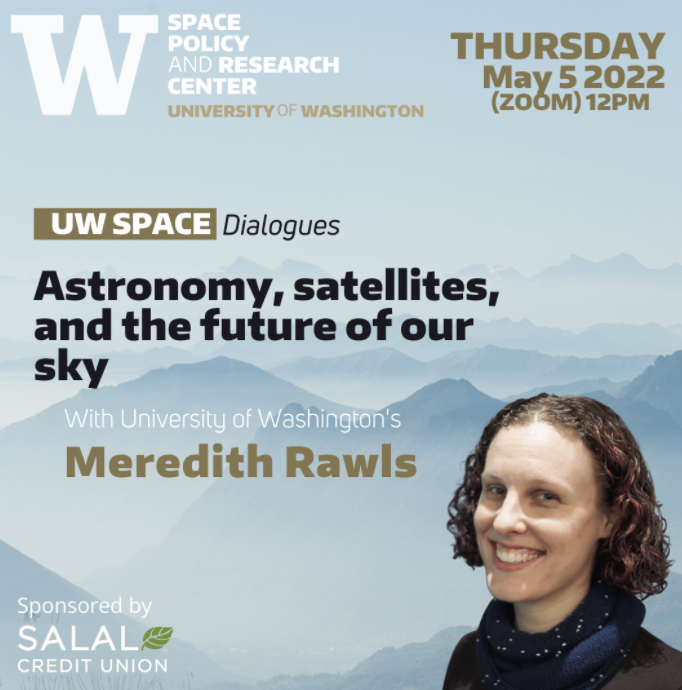
Astronomy, satellites, and the future of our sky
Join us Thursday, May 5th at Noon PDT on Zoom
We are witnessing a new era as skies fill with thousands of low-Earth-orbit satellites that reflect sunlight. Observational astronomy at all wavelengths is increasingly affected, and so is the shared human experience of the night sky. For optical ground-based astronomy, the impacts of satellites are worst for large wide-field facilities. One urgent example is Rubin Observatory in Chile, which will begin a ten-year sky survey in 2024. I will discuss how satellite streaks can impede discovery, and share recent studies that aim to better quantify this. Finally, I will describe the work underway by a dedicated international team to understand, disseminate, and mitigate the impacts across the electromagnetic spectrum for increasingly broad groups of stakeholders.
Bio:
Meredith Rawls is a research scientist in the Department of Astronomy and DiRAC Institute at UW. She writes software and data pipelines to handle terabytes of nightly images from Vera C. Rubin Observatory’s Legacy Survey of Space and Time, which will produce the highest resolution movie of the night sky ever made. Her background is in stellar astrophysics, and she earned her PhD from New Mexico State University. Lately she studies the plethora of newly-launched commercial satellites in the hopes observers worldwide don’t lose the sky. She has served on and chaired working groups and coauthored reports for numerous astronomy workshops on satellite constellations, and she is spearheading the SatHub initiative at the new International Astronomical Union Centre for the Protection of the Dark and Quiet Sky from Satellite Constellation Interference.
Distant galaxies come into focus as Webb is on track to meet or exceed expectations. Today, NASA announced that it has successfully completed two further steps to align the mirrors of the Webb telescope. The resulting performance indicates that Webb will meet or exceed its design goals.
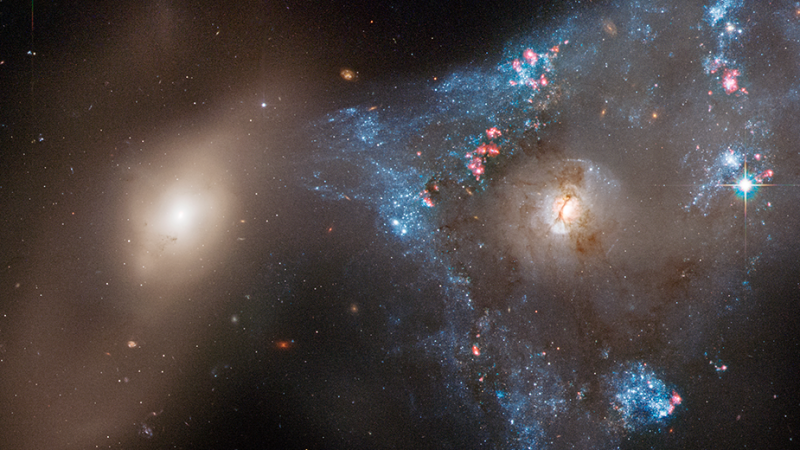
“Part of the reason for that shape is that these galaxies are still so close to each other, and NGC 2444 is still holding on to the other galaxy gravitationally,” participating astronomer Julianne Dalcanton, of the Flatiron Institute’s Center for Computational Astrophysics in New York and the University of Washington in Seattle, said in the Hubble statement.
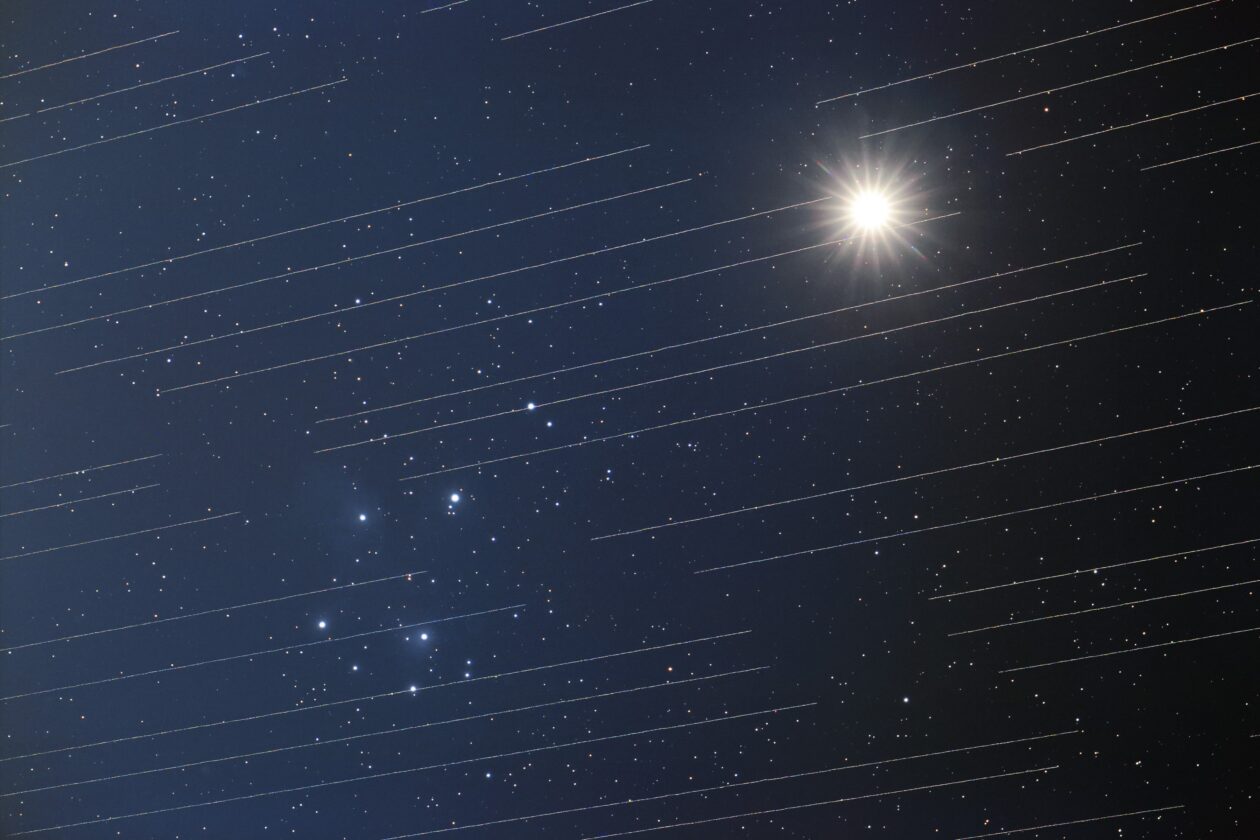
“We’re witnessing a new era as skies fill with thousands of bright satellites,” said Meredith Rawls, a research scientist with the Vera C. Rubin Observatory and the DiRAC Institute at the UW. “In just the last two years, astronomers have realized this will impact our ability to achieve science goals from ground-based facilities like Rubin Observatory.”
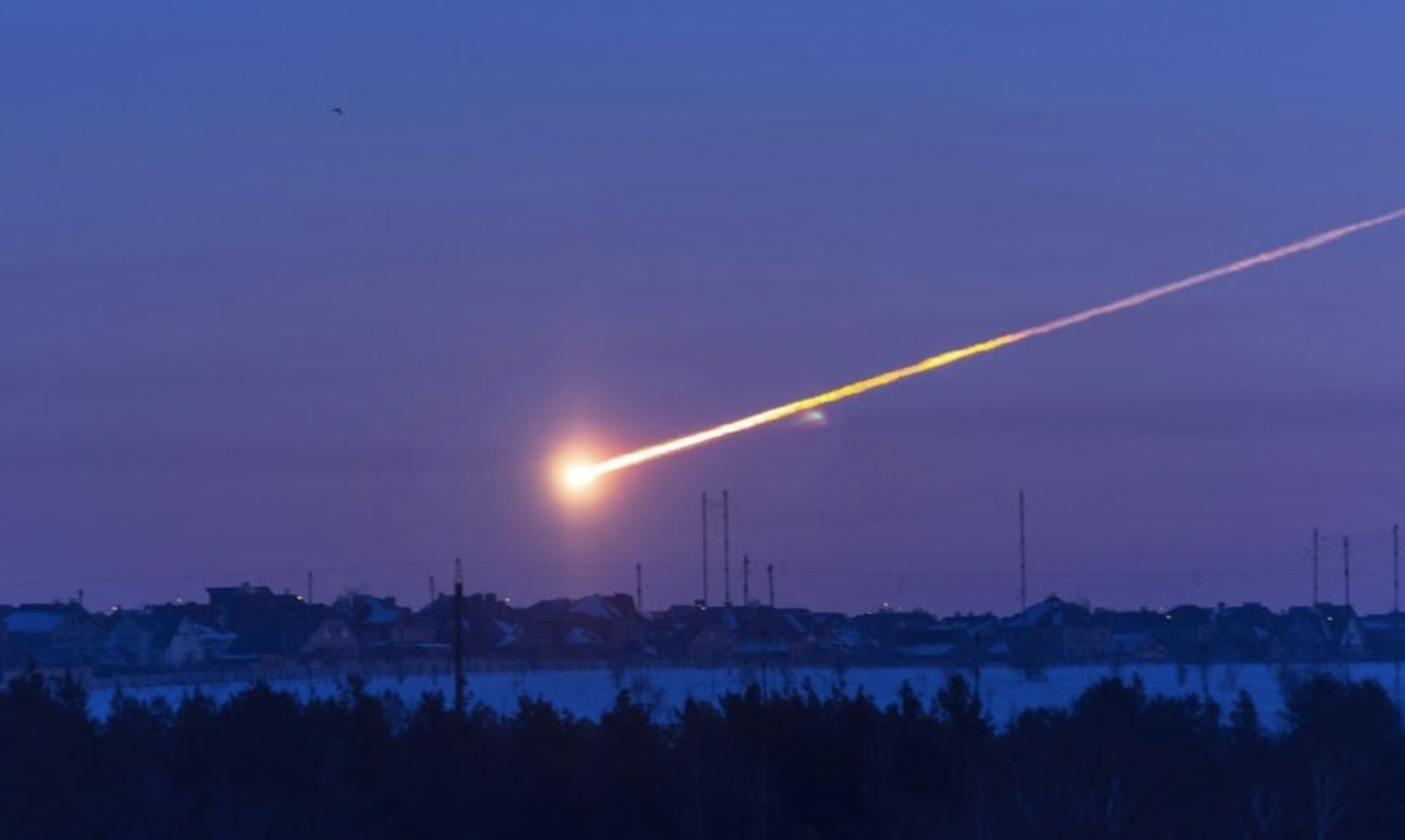
Nine years ago today, an asteroid exploded over Chelyabinsk, Russia. It was only about 20 meters in diameter (or 55-65 feet) — by meteor and asteroid standards, pretty small, but as you may remember, it packed a punch.
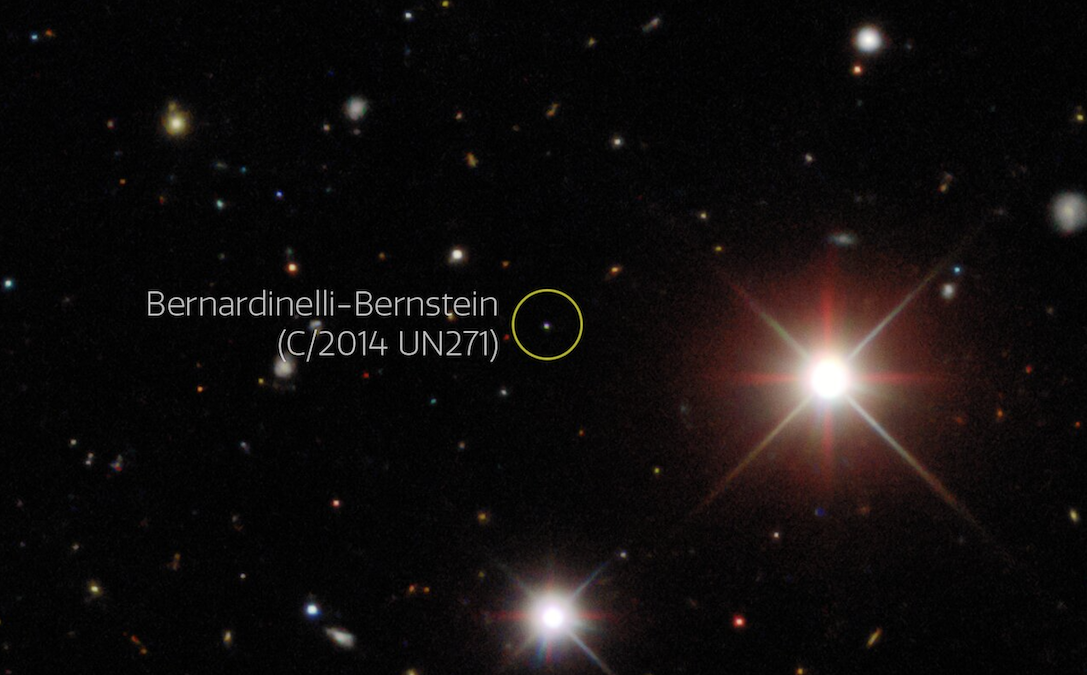
The Bernardinelli-Bernstein comet is named after its discoverers, University of Washington postdoctoral scholar Pedro Bernardinelli, and University of Pennsylvania cosmologist Gary Bernstein, who first spotted the comet in the Dark Energy Survey dataset.